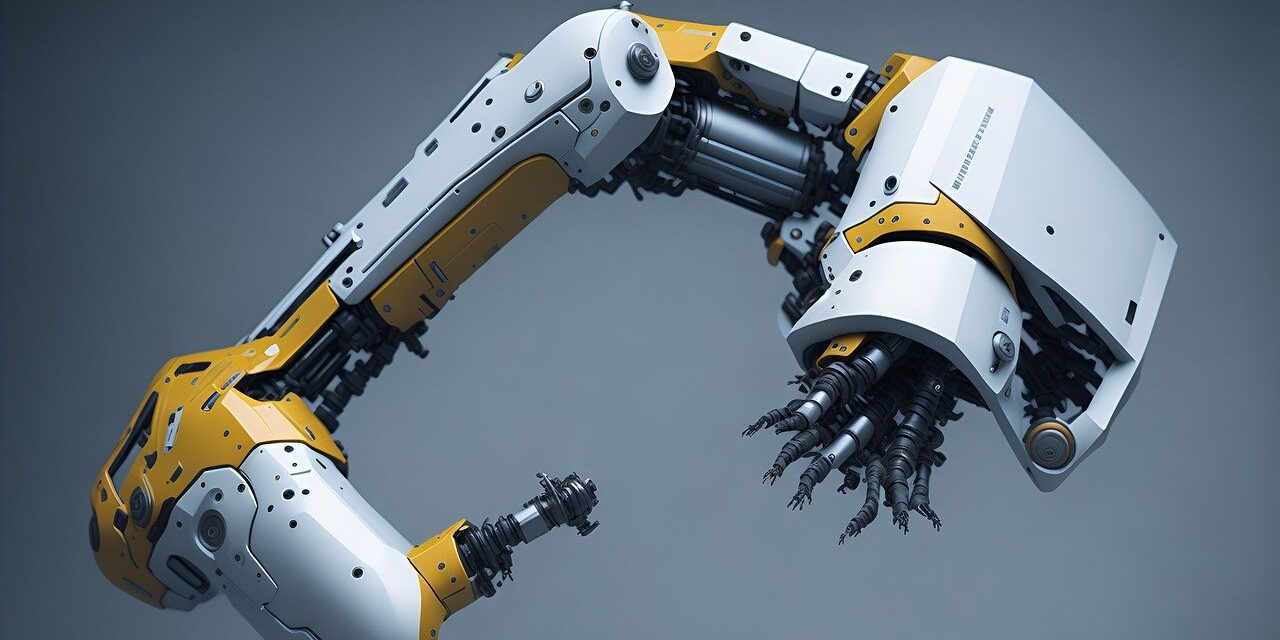Japan’s economy is quintessentially characterized by its heavy reliance on manufacturing, a fact underscored by historical, cultural, and economic perspectives. As of 2023, manufacturing accounts for approximately 20% of Japan’s Gross Domestic Product (GDP) and employs around 17% of the workforce. This essay delves into the historical evolution, statistical foundations, and economic implications of Japan’s manufacturing sector, which has been the backbone of its economic resilience.
Historically, Japan’s industrial landscape underwent a dramatic transformation in the post-World War II era. The nation focused on reconstruction, leveraging its existing industrial capabilities while investing in advanced technologies. The Japanese government implemented a series of economic policies, encapsulated in the “Mizukoshi” method, which facilitated collaboration between public and private sectors. The Ministry of International Trade and Industry (MITI) played a pivotal role by guiding industrial policies, fostering targeted sectors such as steel, machinery, and automobiles.
By the 1960s, Japan emerged as a manufacturing powerhouse due to its embrace of innovative production techniques and quality control measures, notably the adoption of Total Quality Management and Just-In-Time (JIT) manufacturing. These methodologies culminated in the unprecedented success of companies like Toyota, Honda, and Sony, which dominated both local and international markets. In 1970, Japan became the world’s second-largest economy, with manufacturing contributing significantly to this achievement.
Statistical evidence reinforces the assertion that Japan’s economy remains heavily reliant on manufacturing. In 2022, the manufacturing sector had a market value estimated at ¥204 trillion (approximately $1.5 trillion), representing an essential part of the economic framework. Sectors such as automotive manufacturing, electronics, and machinery—each critical to Japan’s export prowess—exemplify the importance of manufacturing. In 2021, Japan was the world’s fourth-largest exporter of goods, with manufacturing exports, particularly automobiles and machinery, accounting for approximately 85% of total exports.
Moreover, Japan excels in high-value manufacturing. The production of semiconductor devices, machinery, and high-tech consumer electronics has placed Japan at the vanguard of the global value chain. According to the World Semiconductor Trade Statistics, Japan accounted for about 18% of the global semiconductor market in 2021. This specialization has significantly boosted productivity and value-added outputs, further solidifying manufacturing as a pillar of economic strength.
However, the relative heavy reliance on manufacturing comes with its own set of challenges. The 1990s, marked by the “Lost Decade,” showcased this vulnerability, as Japan grappled with economic stagnation and a shrinking workforce. The demographic crisis, characterized by a declining birthrate and an aging population, has raised concerns about sustaining manufacturing employment levels. The Japanese government has projected that the labor force will decrease from 66 million in 2020 to approximately 57 million by 2040, exacerbating the need for innovation and automation in manufacturing processes.
In response to these challenges, Japan has launched initiatives aimed at revitalizing its manufacturing sector. The “Society 5.0” vision, which integrates advanced technologies such as artificial intelligence, robotics, and Internet of Things (IoT), aims to enhance productivity within manufacturing while addressing labor shortages. The Japanese government allocated approximately ¥2 trillion for measures promoting digitalization in manufacturing to stay competitive within the global landscape.
Another compelling aspect of Japan’s reliance on manufacturing is its contribution to economic resilience in the face of global disruptions. The COVID-19 pandemic highlighted the fragility of global supply chains, prompting nations to reassess their reliance on foreign production. Japan’s focus on domestic manufacturing has been instrumental in mitigating some of these risks, with initiatives to reshore critical industries gaining momentum.
In conclusion, the historical evolution, current statistics, and strategic importance of manufacturing underscore the pivotal role it plays in Japan’s economy. The country’s historical commitment to manufacturing, combined with a proactive approach to innovation and technology, has enabled it to remain competitive in an increasingly globalized economy. However, Japan must navigate the changing dynamics of labor and technology integration to sustain this economic foundation. Without doubt, the manufacturing sector will continue to shape Japan’s economic trajectory in the years to come, serving as both a competitive asset and a challenge to be managed.

